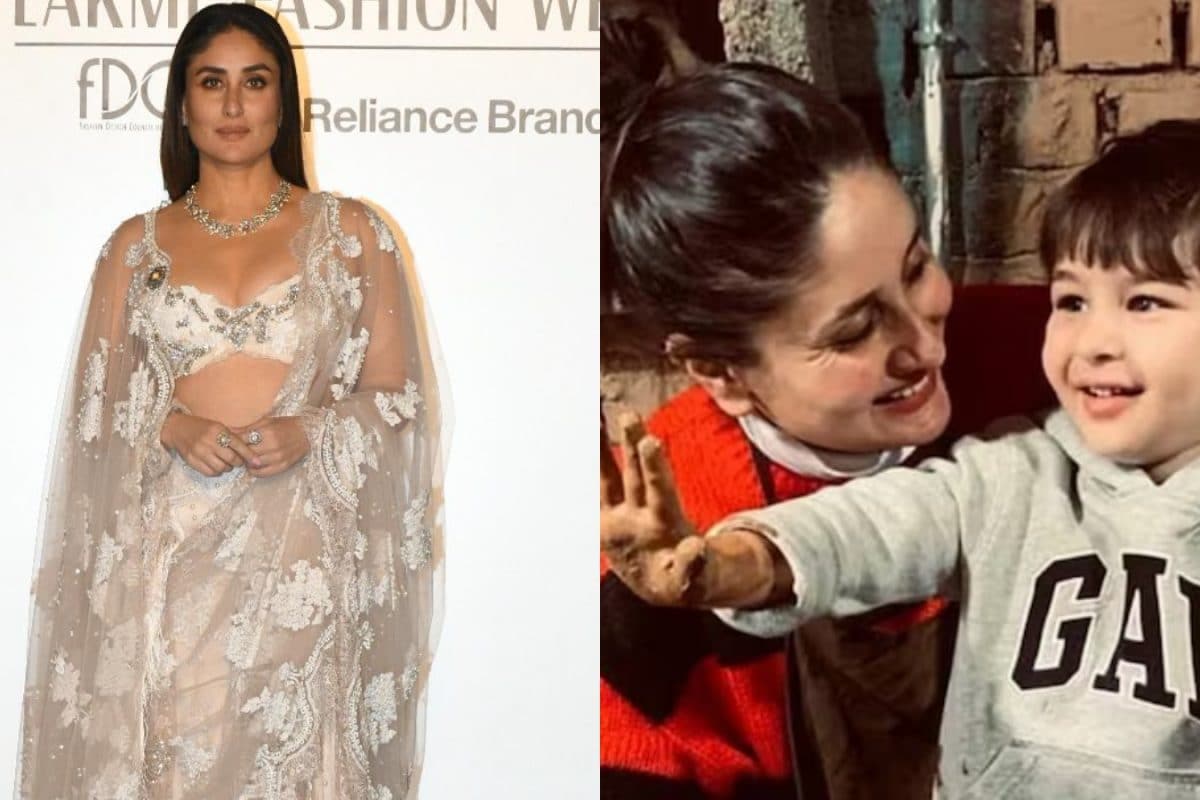In ancient Egypt, cats were not just pets; they were almost royalty. These furry friends played a starring role in Egyptian culture, earning a level of respect that modern-day cat lovers can only dream of. Cats were celebrated for their grace, cunning, and uncanny ability to keep homes pest-free, but their influence didn't stop there.
Cats were held as sacred objects for protection, fertility, and even divine power. There was some magic in being able to bring good luck. Some were so dear that they were mummified and put in the tombs with their masters.

And don't forget Bastet: goddess of home and fertility-who appeared as a lioness or a domestic cat. So how did cats go from being simple hunters to holy icons? Let's dive into the wonderful world of feline cults in ancient Egypt. How were cats honored in ancient Egypt? They viewed cats in old Egypt as being of magic.
Only the best in fortune for themselves were destined for some good times in having pets. Among their best-beloved playthings, jewels adorned cats to the lavish spenders as their royals; they put into their own coffers after mummifying these deceased pets since they took a bit more time off, shaving off one's brows as signs to mourn. Feline figures also adorned Egyptian art in the form of statues and paintings, emphasizing cats' importance in everyday life.
Killing a cat, even accidentally, resulted in death, showing just how much they were valued. In Egyptian mythology, gods and goddesses could transform into anim.

























